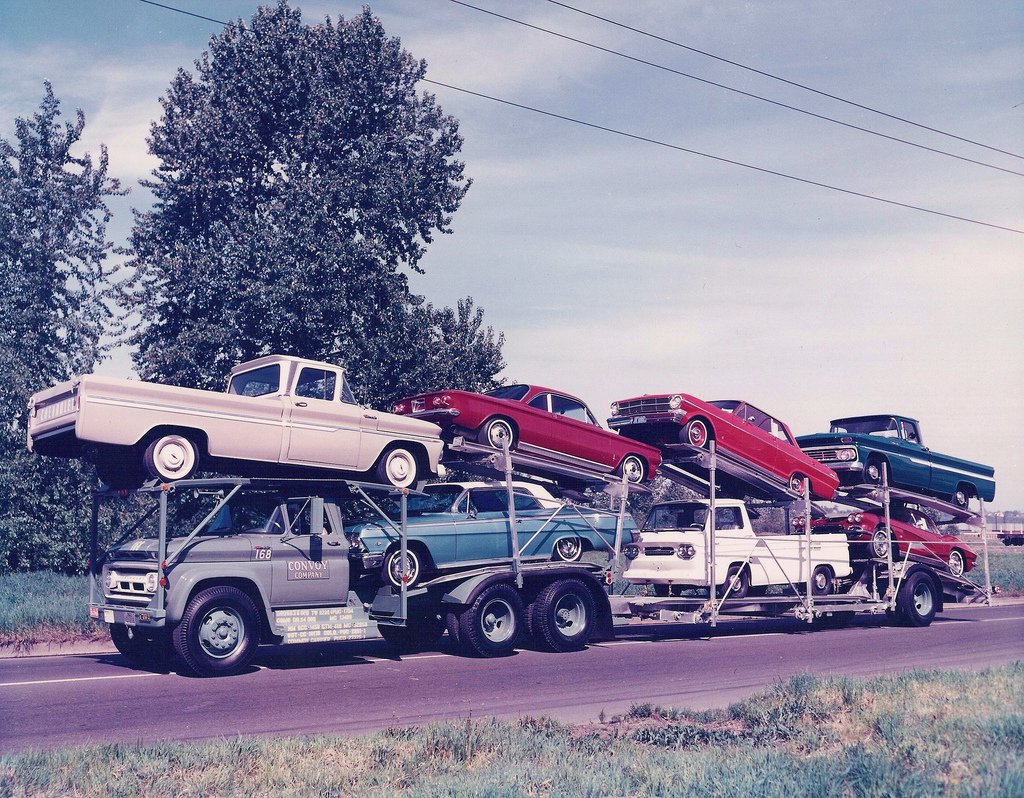Last week, People Pattern published a showcase featuring Ford Motor Company. In the post, we explored the nuances of Ford’s audience to gain insights into how the brand could use data to understand the market in order to design products that responded to the needs of loyal existing–and net-new–customers.
In this week’s showcase, we were interested to learn more about the auto industry, and opted to take stock of one of Ford’s biggest competitors, Chevrolet.
We discovered 267,000, or 43% of Ford’s audience, also follow Chevy. With nearly half of brand customers switch-hitters, Chevrolet can use data to develop strategies to differentiate itself from Ford in areas with the greatest opportunity for growth.

People Pattern drilled deeper into the overlap to understand how the loyal segments differed from Chevy and Ford’s shared customers.
The persona breakdown between the two brands was relatively similar. The top three most common personas within Ford’s audience were categorized as 42% as Automotive Employees, 26% Hot Rodders and 14% were Image Conscious folks.
In comparison, the top three personas for Chevy showed a breakdown of 42% Auto Employees, 25% Hot Rodders, and 14% Value Shoppers.
The top two personas for each brand come a little surprise. However, the difference between the Ford’s Image Conscious buyers and Chevy’s Value Shoppers is curious.

The majority of Ford’s Image Conscious audience base is male, nearly half of which are Hispanic millennials. This persona is scattered around the U.S., but concentrated in urban areas on along the coast. That there are many people interested to know more about Ford in New York City is not particularly shocking, as the City is densely populated. Los Angeles, although not surprising is important to consider as a key market for Ford’s future efforts. The audience has a range of interests, but does not appear to be entirely focused on the things that they discuss and share online.
Chevy’s Value Shopper, in comparison, has much greater female representation, and is made up of a younger, largely Caucasian, demographic. Folks included within the persona segment are less interested in business-oriented subjects. Instead, the Value Shopper appears to be more devoted to his interests: Chevy’s Value Shopper is 68% interested in humorous topics, loves school, and is passionate about pets and religion.
Both Chevy and Ford have opportunities to use data in order to connect with loyal customers and potential buyers–what will tip the scale is which brand uses the available information to the brand’s greatest advantage. It’s up to Ford and Chevrolet to find who those people are, understand what they want, and deliver the right message to the decision makers at the most opportune time.
Brands need to refine targeting methods with better customer insights. In 2015, organic will fade with the last year and zero-reach will become the norm. It’s up to brands to use the information available to them to provide customers the best experience possible. And in doing so, drive the most favorable business outcomes.
To see your brand’s data in action, request a demo of the People Pattern platform below.



Recent Comments